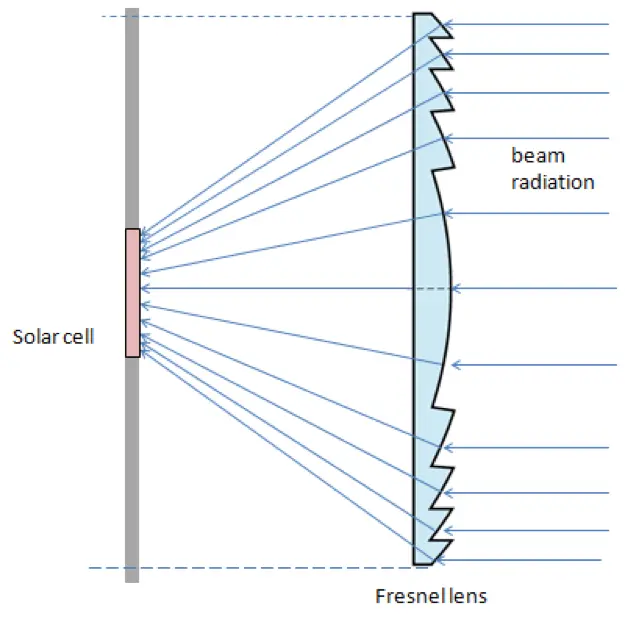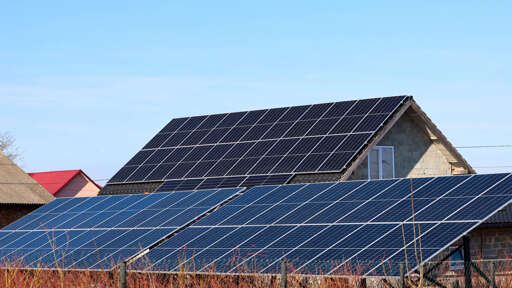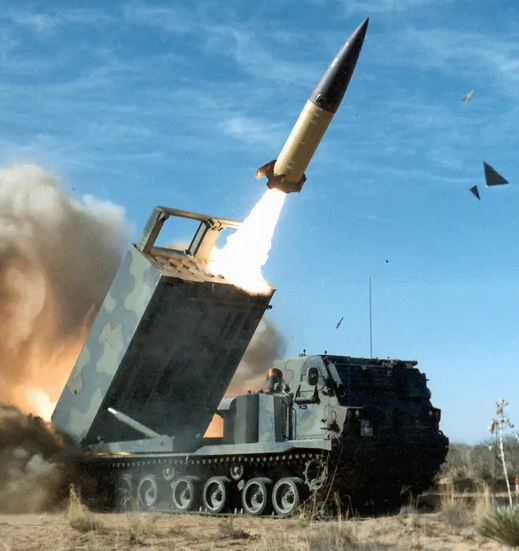cross-posted from: https://slrpnk.net/post/24690127
Solar energy experts in Germany are putting sun-catching cells under the magnifying glass with astounding results, according to multiple reports.
The Fraunhofer Institute for Solar Energy Systems team is perfecting the use of lenses to concentrate sunlight onto solar panels, reducing size and costs while increasing performance, Interesting Engineering and PV Magazine reported.
The “technology has the potential to contribute to the energy transition, facilitating the shift toward more sustainable and renewable energy sources by combining minimal carbon footprint and energy demand with low levelized cost of electricity,” the researchers wrote in a study published by the IEEE Journal of Photovoltaics.
The sun-catcher is called a micro-concentrating photovoltaic, or CPV, cell. The lens makes it different from standard solar panels that convert sunlight to energy with average efficiency rates around 20%, per MarketWatch. Fraunhofer’s improved CPV cell has an astounding 36% rate in ideal conditions and is made with lower-cost parts. It cuts semiconductor materials “by a factor of 1,300 and reduces module areas by 30% compared to current state-of-the-art CPV systems,” per IE.
Solar panels are already quite cheap. What we need is much cheaper grid forming inverters so we can stop destabilizing the grid with solar.
If the coat of panels drops significantly, there would be more capital available to spend on inverters, even if they stay at the current prices, still decreasing the cost of deployment.
I’m not sure what to think about the Fraunhofer institute in general. They have made some nice discoveries/inventions in the past, such as audio compression algorithms and such. That is why i hyped them for a bit.
But they really disappointed me with their writings on solar panels in the past few years.
They said that the efficiency of solar panels today is too low to deploy them widely in practice, which is simply not true. They tried pushing Perovskite solar cells for no reason.
I’m not sure what to think about this article’s idea. On one hand, adding lenses to solar parks makes them significantly more complicated and therefore expensive to build. Also, if the parks have complicated physical forms, they’re more susceptible to wind, and that could damage them.
On the other hand, yes, adding lenses means you need fewer actual solar panels for the same amount of energy harvested.
I’ll therefore put it in the category of inconclusive inventions, together with the idea of adding a motor to the solar panels so they can track the sun. That would also make the solar panels more efficient, but also more complicated and more prone to mechanical failure.
I’d like to know what they’re going to do about the heating issue. Concentrating solar radiation carries with it an increased heat load. And heat reduces solar PV efficiency. I’m already losing about 30% in summer when the panels heat up.
This was my first question too! I thought heat makes them wear out faster.
What are concentrating photovoltaics? One of the ways to increase the output from the photovoltaic systems is to supply concentrated light onto the PV cells. This can be done by using optical light collectors, such as lenses or mirrors. The PV systems that use concentrated light are called concentrating photovoltaics (CPV). The CPV collect light from a larger area and concentrate it to a smaller area solar cell. This is illustrated in Figure 5.1.

Also, from the article - 33.6% efficiency in real-world conditions:
A 60 cell-lens prototype was studied for a year. In “real-world” conditions, CPVs achieved up to 33.6% efficiency. The 36% mark was posted at 167 degrees Fahrenheit. The prototype showed no signs of degradation, according to IE.
A lighthouse uses the same lens, just with the light coming from the inside. Since this is old knowledge, what is the drawback? Why isn’t this widespread?
My completely uninformed guess:
-
The lens and assembly costs too much compared to just more solar panels
-
The lens/panel combo is so bulky/prone to failure it becomes unreasonable to actually install/use.
Adding to what Eldest_Malk said: They aren’t just putting a new type of lens over standard solar cells, they are also designing/fabricating custom cells to work with the lenses. [I’m not a PV expert, but the fact that the IEEE paper focuses so much on the cells and not just the lenses leads me to believe that the lenses can’t just be used with whatever standardized solar cells are on the market]
-
They need changes in laws too. Instead of chewing up open space and farmland I’d rather see more urban areas used like parking lots and industrial sites.
Yeah, Don’t put the solar farms in meadows, or on mountains. put them on warehouse roofs, over highways, over parking lots, on government buildings, etc etc.
https://ieeexplore.ieee.org/document/10938951
This is 36% MODULE efficiency with expensive cooling. 30% actual year long efficiency without it. Requires dual axis tracking. Seems heavy as its very tall/deep.
Headline of cost reduction is very unlikely. Especially on a per acre/fairly large area basis. Dual axis tracking requires more spacing than fixed orientation rows, and loses benefits under cloudy conditions. While power at 7am and 5pm is more valuable when competing against high penetration solar, batteries are now more competitive than tracking, and can serve edge of day and night power needs. Tracking solar tends not to be built anymore, due to low cost of panels. The cooling infrastructure is also not as useful as it is on rooftops because the heat capture has useful benefits for homes.
It is also unclear how this has advantage over parabolic mirror.
Agri PV is a real use case, where more free land means more land use, even if most of it gets more shade, except around noon.
Remember gang, stuff like this means 10-15 years before you see it in market.
The issue here in NL is with the power grid, not the price of the panels. The installing of them is already one of the most expensive parts of getting panels since you need to build scafolding for most houses.
That is Fraunhofer who are the people most responsible for developing MP3
Wait for something fucking idiotic like:
“U.S. government to implement 5,000% tax on new solar technology…”
Wouldn’t this be negated by the fact, that the same area of roof now has less actual PV cell on it? Since the light gets concentrated on a smaller area?
I think the idea is that it’s the same amount of light is being used but the actual expensive part of the solar cell is cheaper and designed to take the increased heat. So the same size “solar unit” on the roof collecting the same amount of light and generating the same amount of energy but cheaper overall. At least that was my take. Correct me if I’m wrong.
I am not a scientist so please correct me if I am off base, but did it really take them this long to attempt to focus light onto PV cells using a fresnel lens?
My hobby as a 15 year old was buying broken projectors to harvest the fresnel lenses in the lamp on top. They could focus sunlight so powerfully that you could burn shit. I didn’t do that, surprisingly. I was like Marge Simpson, I just thought they were neat.
Not being any kind of solar energy expert, my initial thought was how the cell’s would hold up under the increased heat, and what technology (if any) they’d be using to monitor/mitigate. The article does briefly mention the cells achieving ~33% @ ~167° F, and does mention (what seems to be tangential) technologies that allow for cells to be nailed down as if they were shingles.
My guess is that it isn’t that they finally using techniques that seem obvious to us, but that they’ve developed supporting tech to mitigate the detrimental effects of using magnification.
If I had a penny for every time I heard about new advancements about to revolutionise solar panel technology, I’d have glazed the bloody Sahara with them by now.
Would the cost chart of PV cells look something like this?

at this point it doesnt matter. theres no saving us from extinction due to climate change. this serves only for the intermediate period where we can “save” some money on energy day to day, before the inevitable collapse that makes money and savings worthless.
dont get me wrong, if i could afford a house, let alone additional panels and the additional fees that come with installation, maintenance, regulations, licensing, etc. then id be all in, even if it was just to contribute to the dying ideal that there was some semblence of hope for a better future. this is up to the landlords and the upperclass to give a shit about, and most of it is for grandstanding and keeping up with the joneses.
i used to install these for a living during covid. only people in my area who could afford them were multigenerational farmers and eco concious suburbanites. even for the suburbanites living in million+ dollar homes it was a stretch financially, and a hastle due to regulations.
good idea. but a bit late. we are at the point that if someone waved a magic wand tomorrow, and everyone stopped driving cars and pulled a full 180 on coal, oil, and gas, it would still be far too late.
if you can afford the inevitable markup that comes with proffessional installation. be my guest. if you are a poor person wanting to slap some panels on a tiny home, go nuts. just dont expect to save the world by doing so. its fucked. live how you want to while you can. drink, fuck, fight, eat good food, play video games, bed rot and consume to your hearts content.
nothing can save us. not even the “indomitable will of the human spirit” not a god damned thing.
sorry to shit in your salad. but thems the breaks.









